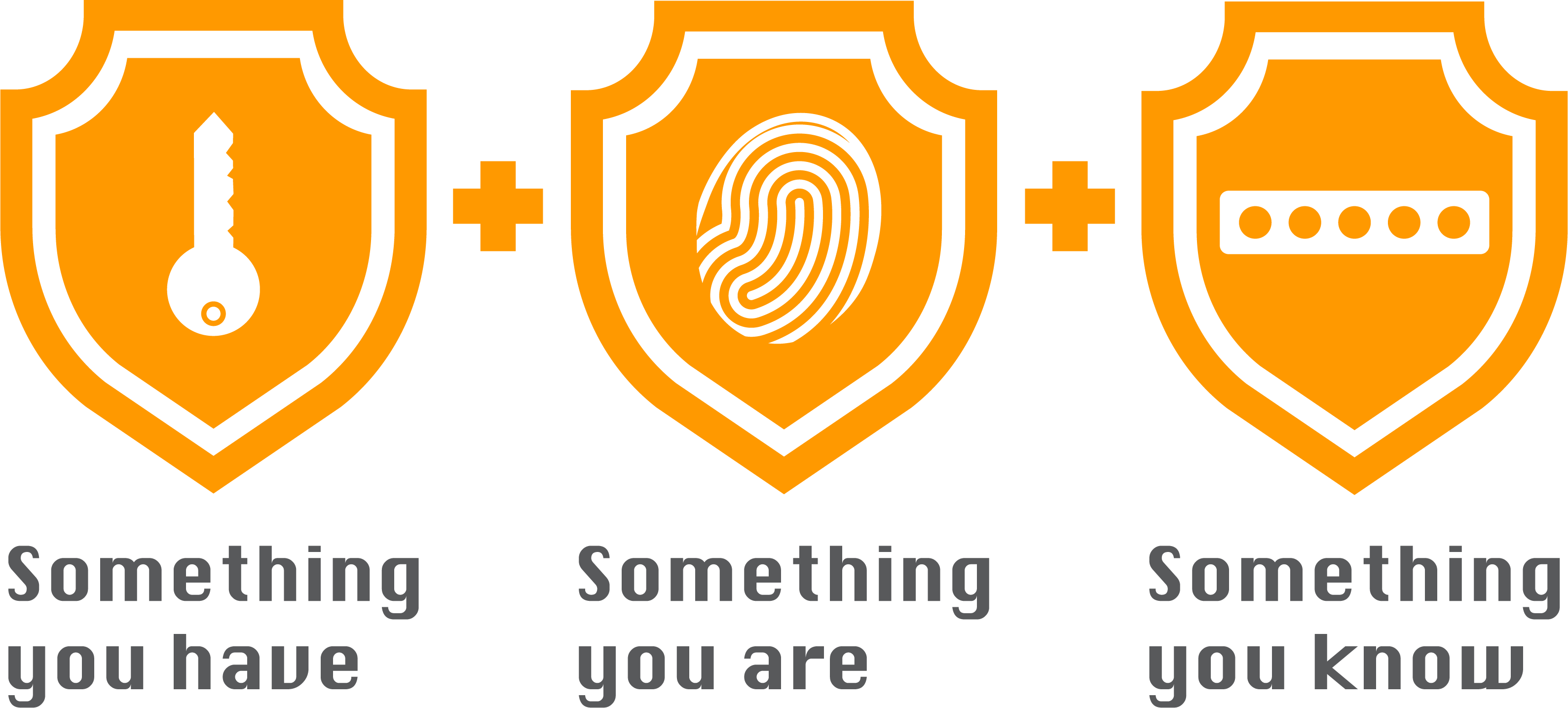Multi-factor authentication is another, very effective, security layer that can be easily added to your business application logins.
You have probably already either been given the option to set up MFA by a financial institution or software vendor – or you’ve been given no choice.
Common MFA Methods:
- SMS – this is when you asked for your phone number – and then are texted a number code, especially popular with banking applications. The site will first verify your password. THEN your phone number when you type that in. THEN will require the texted code matches.
- Authenticator Application – Google Authenticator is a good example. These are random code generators that are connect through the app to a particular software. The program is always generating numbers, and when you try and log into a network or website it asks you to type in the code on your authenticator app at that moment.
- E-mail Authentication – This operates the same as an SMS authentication, just via email.
- Hardware Key – like a coded USB
Further Defining [MFA]

When you understand what MFA is and how it works, it’s easy to see how this proactive security measure reduces risk.
We’ve provided a few common examples already, but all MFA and 2FA implementations have these components:
A possession factor
An inherence factor
A knowledge factor
Inherence factors are becoming more common, with modern smartphones offering a fingerprint login option, and even mid-tier laptops using facial recognition as a login option as well.
Why is multifactor authentication essential?
Passwords are no longer enough. Compromising login credentials is getting easier. If a hacker has the right information, they can easily guess a user’s password.
What’s even more terrifying is that even if that user has better password habits and is using a strong password, hackers can still employ methods like phishing, pharming, and keylogging to steal their login credentials.
Let’s take a look at some stats:
81% of hacking-related breaches are due to compromised passwords (either for being weak or easily stolen).
The idea behind MFA is that just stealing someone’s passwords is not enough. Even if a hacker manages to get their password, they will still need to have access to the employee’s smartphone, their USB token, AND their account.
Human Habits and Errors
For most companies, especially small and medium-sized businesses, security can be the biggest challenge when employees are working remotely. Because most data breaches are attributed to employees’ negligence or error.
According to Cybint, 95% of cybersecurity breaches are caused by human errors like using weak passwords, using unauthorized or outdated software, using personal devices for work purposes, using public Wi-Fi without a VPN, etc.
Another study from Tessian has shown that 47% of employees cited distraction as the reason for falling for a phishing scam while working from home.
And while proper Training will help reduce mistakes, you can never eliminate human error altogether.
The good news, however, is that the risk can be significantly reduced by implementing multi-factor authentication.
The Good News about MFA
Deployment is Fast and Easy!
The most effective approach to security is the simplest.
And this is another main reason why more companies are adopting multi-factor authentication to enhance their security.
Multi-factor authentication is low-hanging fruit for improving data security in most organizations. Mainly because MFA is a relatively inexpensive and non-invasive security add-on that doesn’t affect the rest of the system. AND it requires little or no additional staff training.
Productivity and Using MFA
When used with Single Sign-On solutions (SSO), multi-factor authentication makes logging in easier because it allows users to pass through many security measures at once. And the enables them to connect with business applications faster.
Creating multiple complex passwords for different applications would no longer be necessary. And that means people spend less time resetting their passwords before they start work or bothering IT or HR for help.
This improves security and usability for remote employees, as they usually use more than one device for work purposes. As a result, it increases their productivity and saves time and frustration.
MFA and Enhancing Security
Even with the best anti-virus and firewall programs, the implementation of multi-factor authentication remains pivotal for identity protection.
Multi-factor authentication blocks almost all types of automated Cyber Attacks because the majority are not that sophisticated.
MFA also mitigates many of the security issues that might arise when employees attempt to access the company’s network and critical resources remotely.
Once hackers have access to a system, they can do more than merely steal data. They might do other things like destroying that data, changing access to programs, holding information for ransom, using servers to spread malicious viruses, etc.
According to IBM, the average time to identify a breach in 2020 was 207 days. For some businesses, this period is enough to cause serious damage.
MFA can act as an effective instant alert system in case of an attempted breach.
If an employee receives a prompt to confirm secondary authentication that they didn’t request, they can immediately report that as a red flag.
MFA and Regulatory Compliance
Many federal or state laws require companies and organizations to implement multi-factor authentication, especially if they deal with sensitive information like finances and personally identifiable information.
MFA helps organizations stay compliant with identities and access management regulations like HIPAA for healthcare transactions and SOX for financial services.
Conclusion
With cyber attacks constantly growing and evolving. Multi-factor authentication is a simple yet effective way to address password-login vulnerabilities. It gives remote workers entry while keeping the company’s systems safe.
Multi-factor authentication helps secure and facilitate employees’ work. Thus making them the company’s biggest asset instead of its weakest link.




